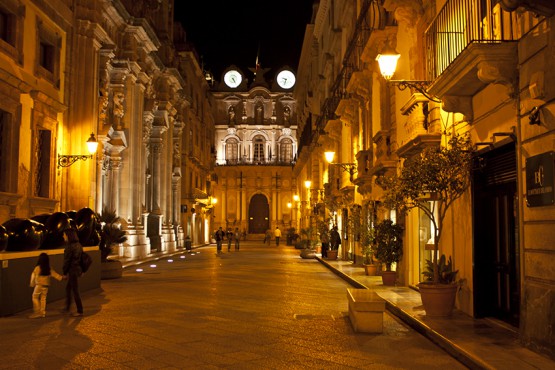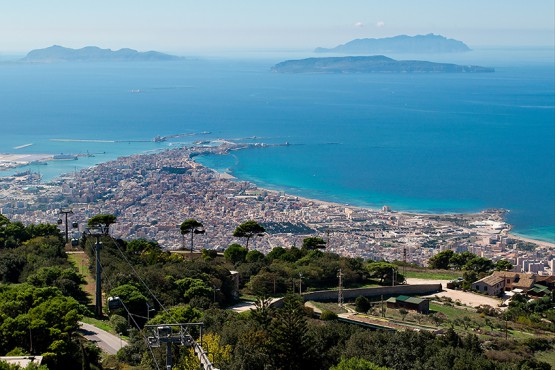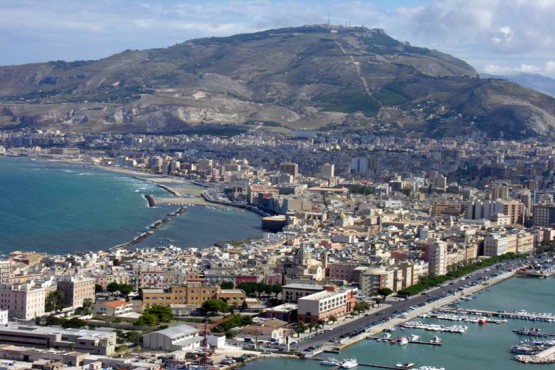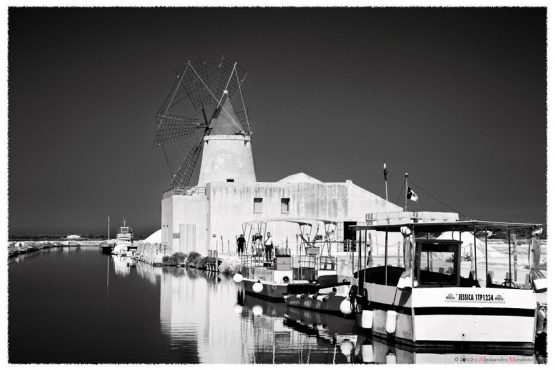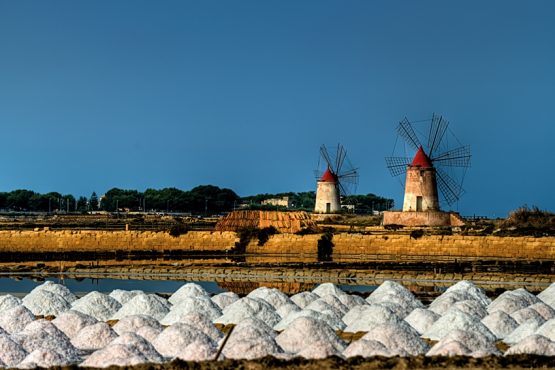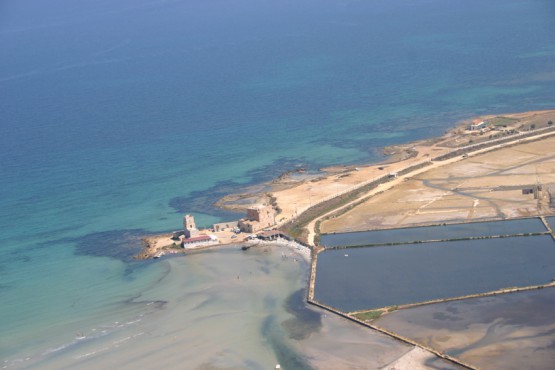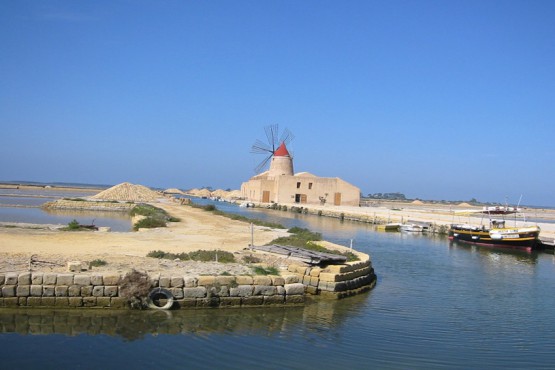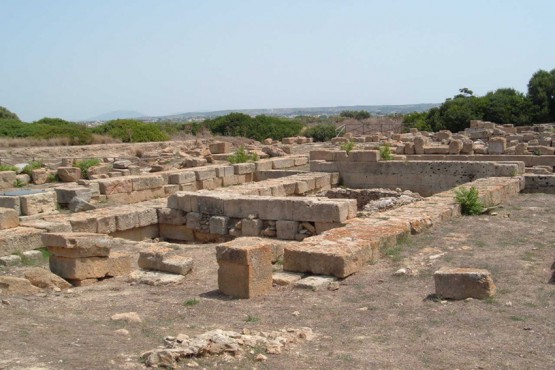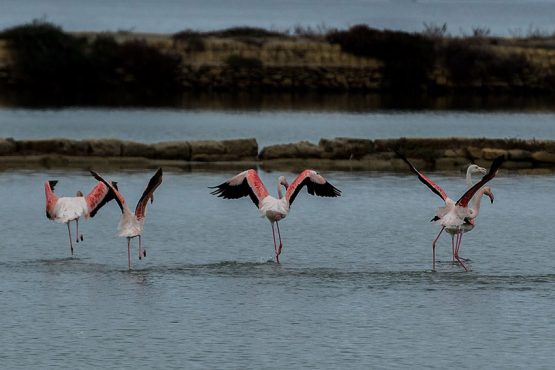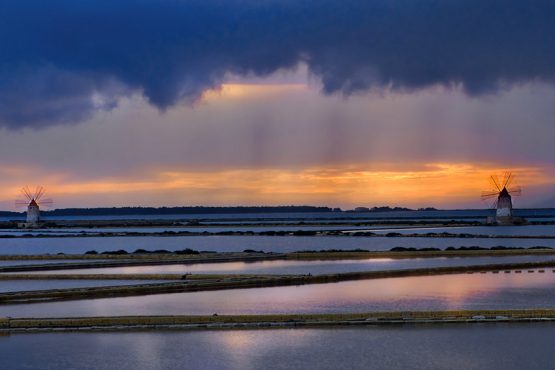Trapani Excursion
Visiting the city of Trapani is like stepping back in different historical periods. Every corner is characterized by monuments, churches, palaces, telling the life of the city throughout the centuries. The heart of Trapani continues to be the port in the historical center. The hotspot of the city is characterized by the Ligny Tower, now home to the Museum of Prehistory. To get there, walking down a narrow road surrounded on both sides by the intense blue of the sea, frequented in the summer by numerous bathers.
Not far away is the fishing port, with boats of fishermen who continue to renew the local tradition and a job that is handed down over the centuries from father to son. In the area of the fishing port you can see the Nasi Cottage recently remodelled for the enjoyment of the community and the former Lazaretto, which today houses the local branch of the Italian Naval League. Nearby, in the midst of the sea, the Dovecote a symbol of the city of Trapani is located.
Much of the historical center of Trapani is a limited traffic zone. Car access is prohibited in many zones, which over time have assumed the character of the “living room” of the city: Corso Vittorio Emanuele, the ancient “Loggia”, via Torrearsa, Via Garibaldi. Here is a list of historic buildings and churches of great artistic value: Cavarretta Palace, the Cathedral, Palazzo Riccio di Morana, Palazzo San Rocco, Palazzo Riccio St. Joachim, Lucatelli Palace, the Church of the College.
Trapani city of salt and sailing
Nearby is the Church of Purgatory, in which are preserved the sacred statues of the Mysteries of Trapani. From Via Garibaldi a staircase on the left leads to the Church of San Domenico with the adjoining convent. Along the way Torrearsa is Piazza Sant’Agostino church IS characterized by an impressive front which consists of a rose window and the Fountain of Saturn. We then come to Piazza Scarlatti, near which is the former church of San Giacomo and the Fardelliana Library.
Walking along Corso Italy stands the church of St. Peter, which houses the precious organ played by Sicilian Francesco La Grassa and then you will eventually find yourself in the so-called Ghetto, Via Della Giudecca and by the Jews, until the fifteenth century, inhabited by the Jewish community. The northern part of the city is characterized by the Resort with the characteristic Piazza del Mercato del Pesce (fish market plaza).
The promenade stretches for several kilometers and is bordered by the remains of the ancient city walls. The border between the old town and the new town is characterized by Piazza Vittorio Emanuele. Nearby, in Piazza Vittorio Veneto, is Ali Palace, the City Hall and in front of the Post Office building which was created in Art Nouveau style. We then come to Villa Margherita, the green lung of the city, with giant fig trees dating back to the nineteenth century.
Trapani Excursion
Along the road from Trapani to Marsala Paceco and the along the lagoon that welcomes Mothia, dazzlingly white mountains shimmering in the sun are visible dazzlingly white mountains shimmering in the sun. This is not snow-covered rocks but the salt marshes, historic resources of the Sicilian economy that are very valuable since the time of the Phoenicians who were the first producers of tecnology methods.
The favorable climatic conditions such as shallow water, high temperature and wind that promotes evaporation, help create the evocative and unreal scenario from the salt, forming an immense chessboard that variates in color from greenish to pink.
The tourist route takes you to visit the salt marshes stretching along the banks of ponds and along the shores of the sparkling pools for the crystallization of salt, they reach the islands on which tower restored windmills, to remember the time when they were the main tools to pump water and grind the salt. A landscape to enjoy, preferably at sunset when everything is colored with red.
Trapani Mothia Excursion.






